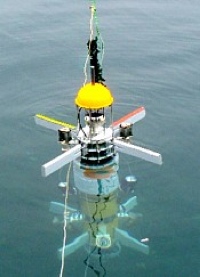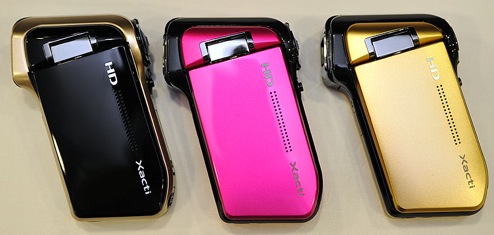
Osaka University has developed a robotic buoy prototype that is designed to help in the case of a large scale environmental disaster such as an oil spill. The prototype, called SOTAB (Spilled Oil Tracking Autonomous Buoy), is a 110kg GPS-equipped robot measuring 2.7m long with a diameter of 27cm.
The concept is to have the buoys installed on an oil tanker, and in the event of an accident the buoys are automatically deployed. The designer, Naomi Kato, professor of submersible robotic engineering at the Department of Naval Architecture at Osaka University, Japan, states that the buoy will,
conduct education and research on underwater robotics, biomechanics on aquatic animals and its application to engineering, computational hydrodynamics of viscous flow fields
Basically the robot will submerge to a depth of about 10m and use four very sensitive on-board cameras to track the spill above it. The device has its own lighting in order to track the spill at night or in adverse conditions, and it will also track:
-
water current speed
-
water temperature
-
wind direction
-
wind velocity
This information, along with the GPS data, will allow the robot to tell both where the oil spill is and where it is heading. The project is currently in development, but it is hoped that units can be deployed in the field within three years.
via


